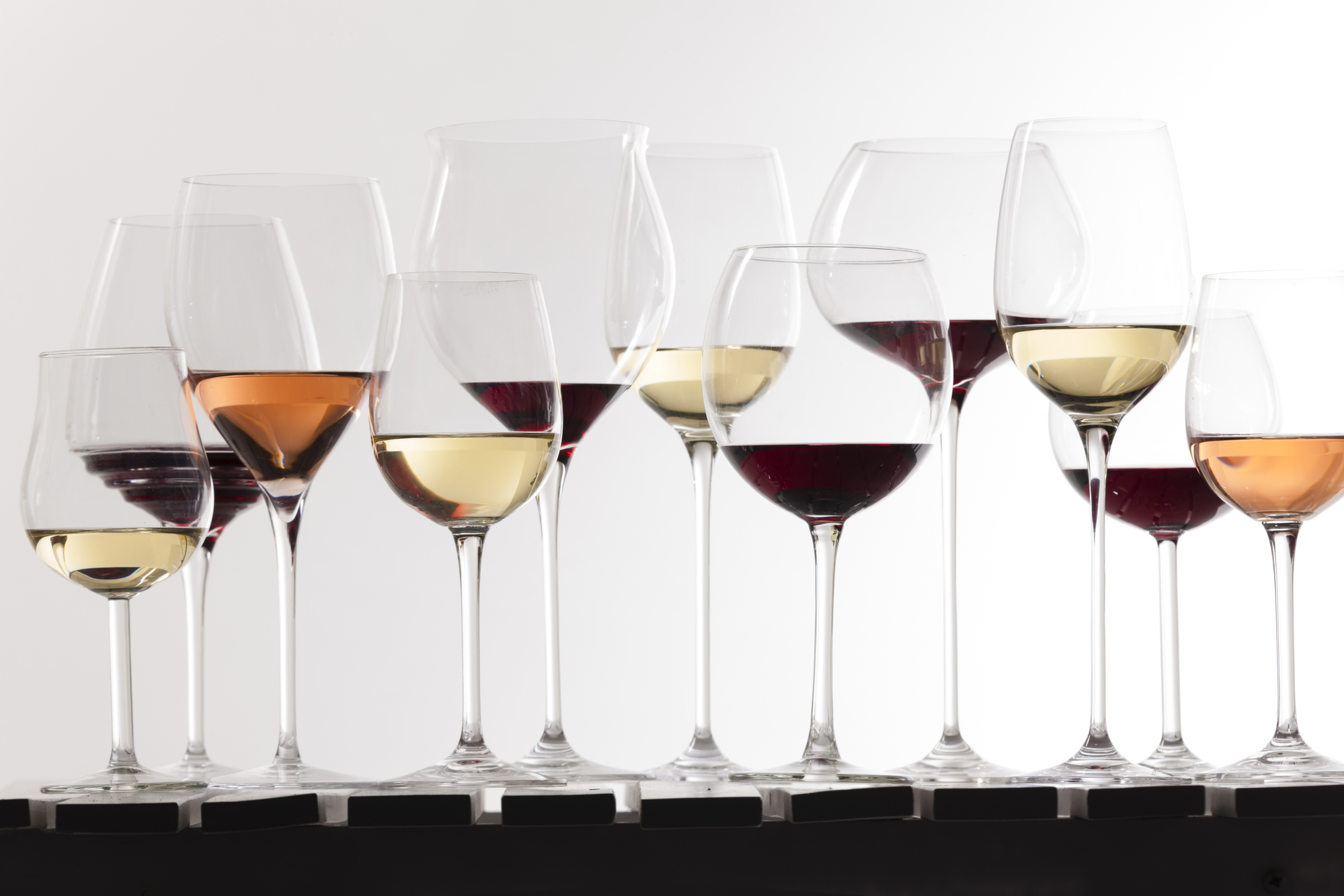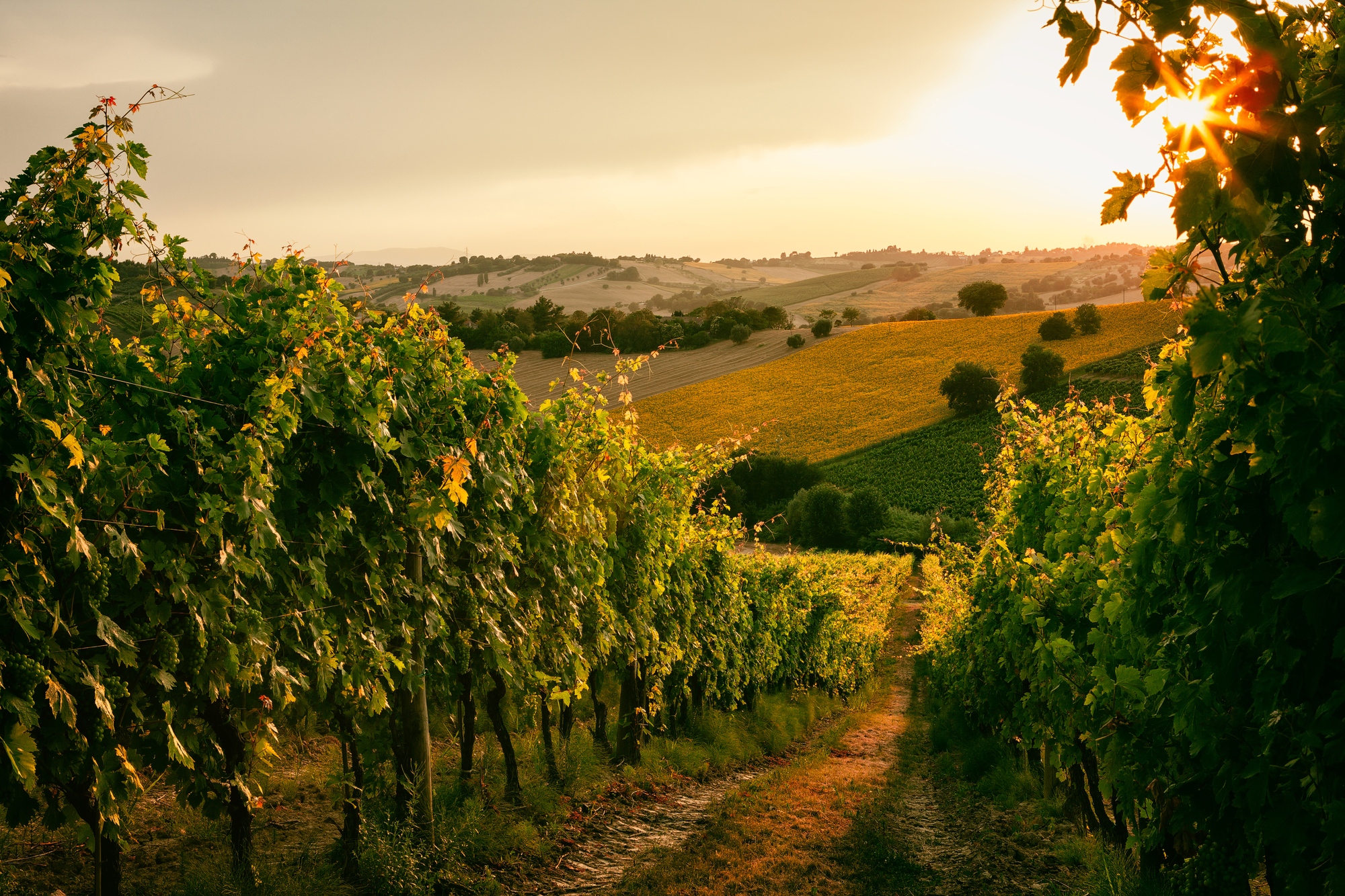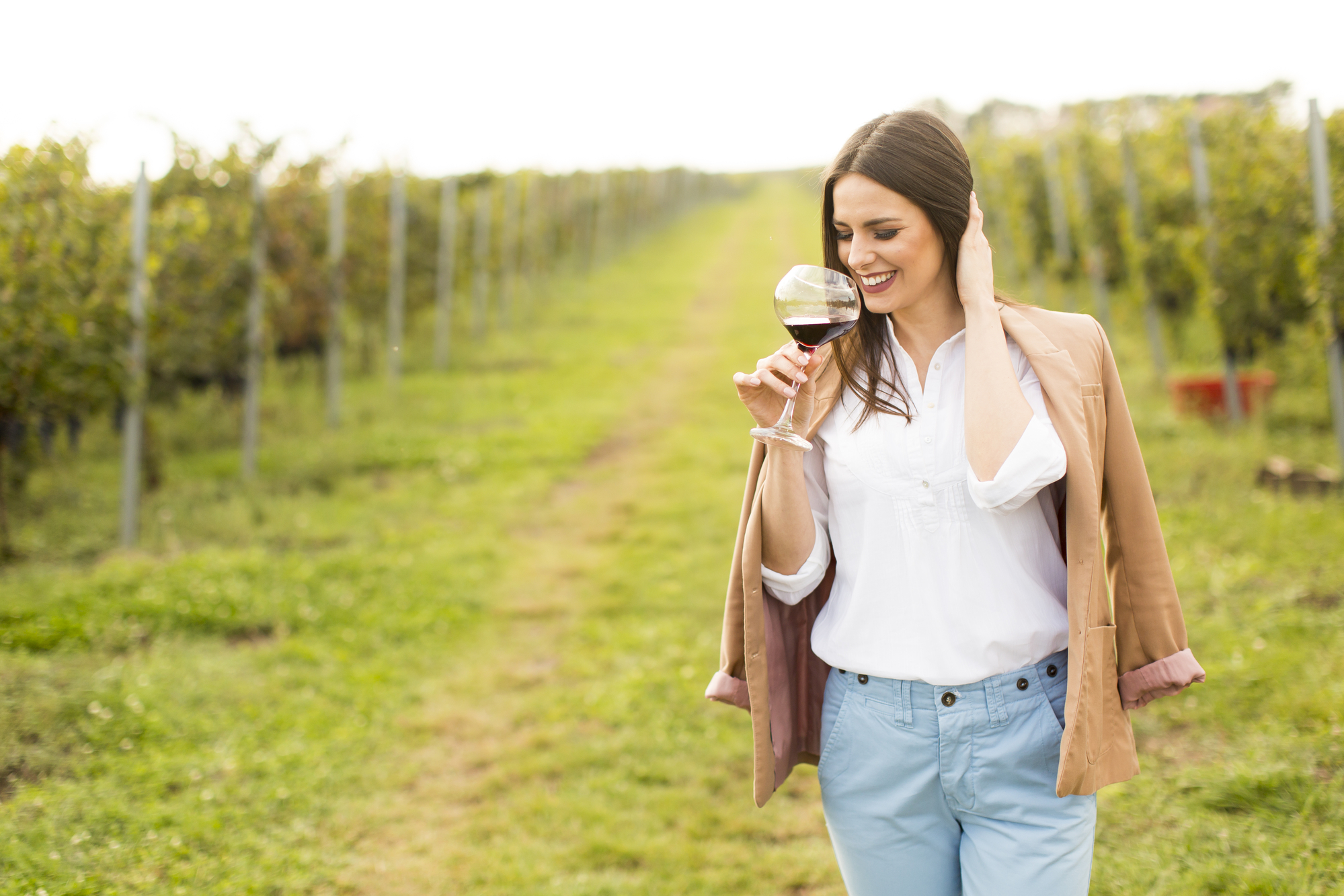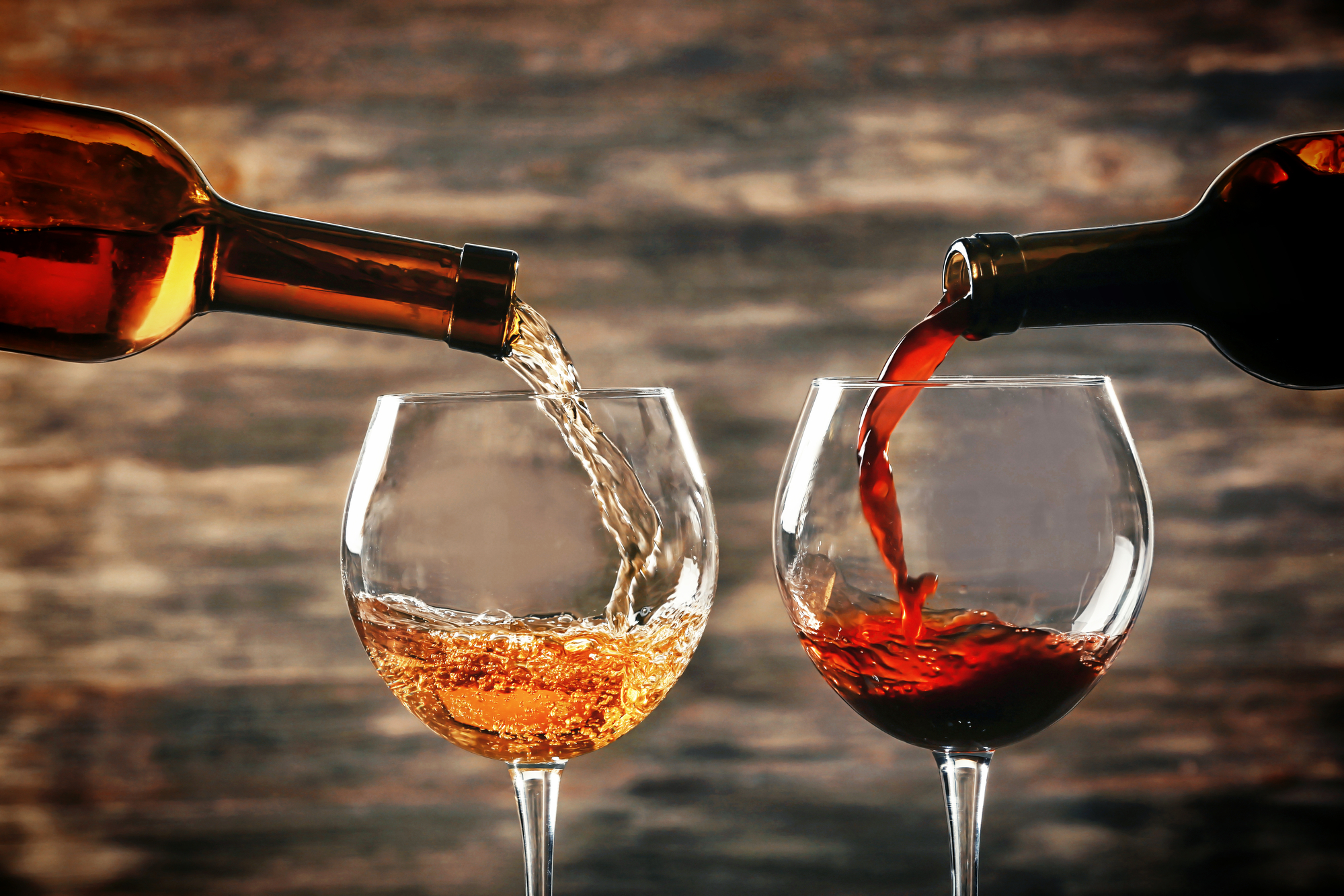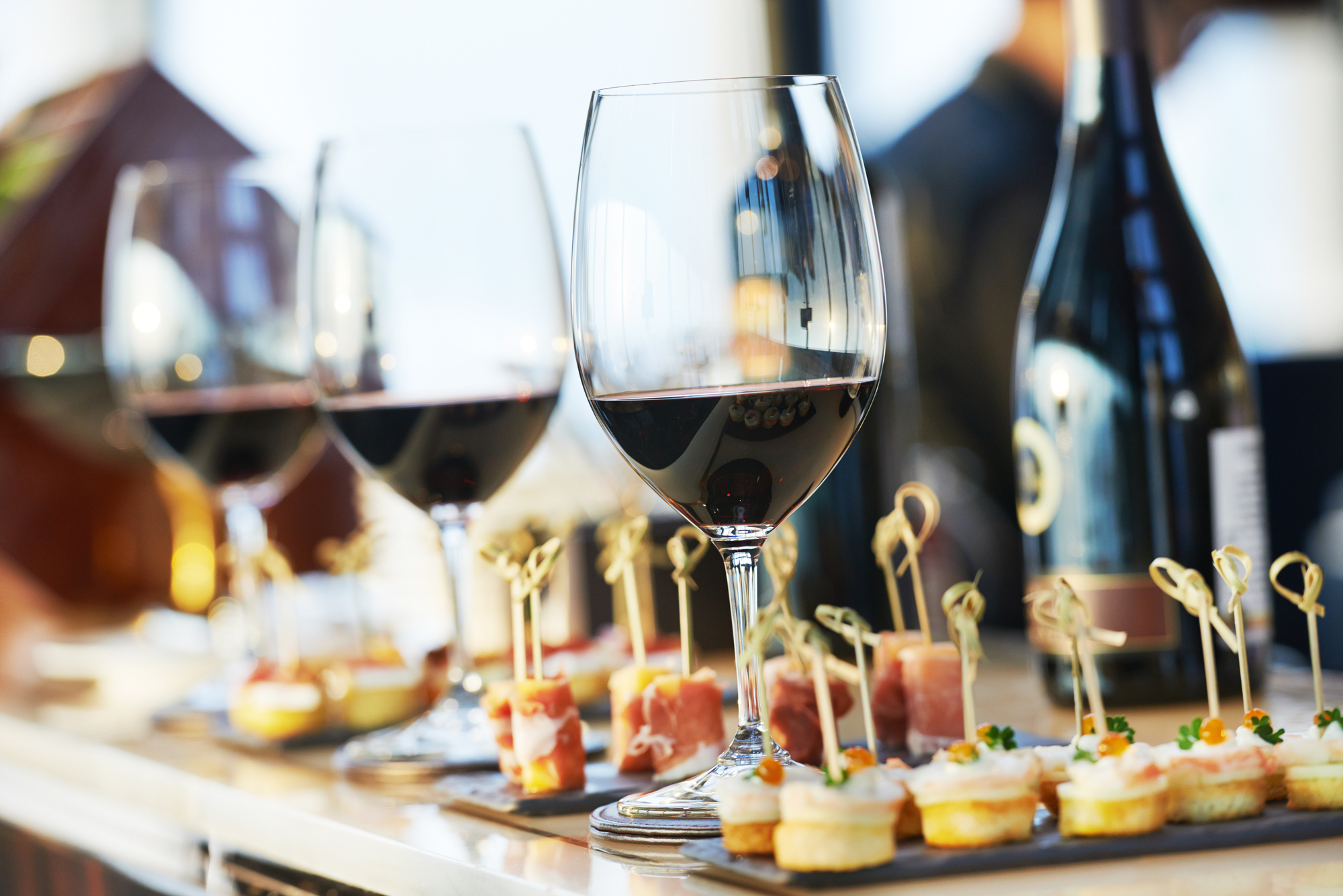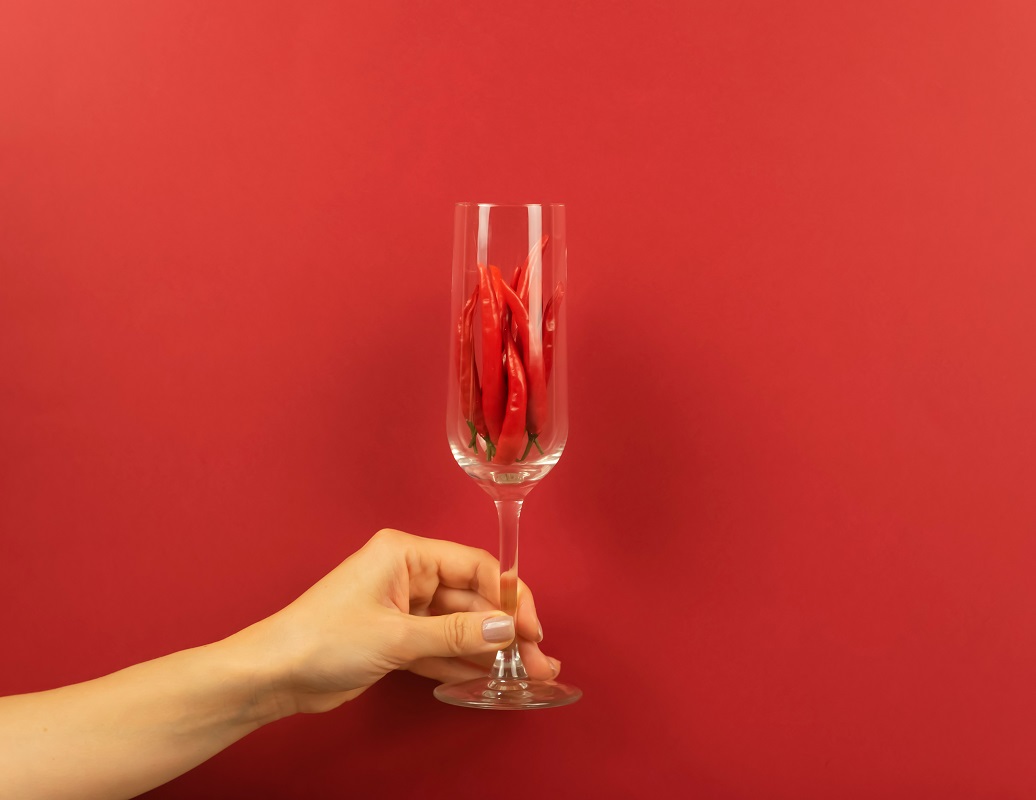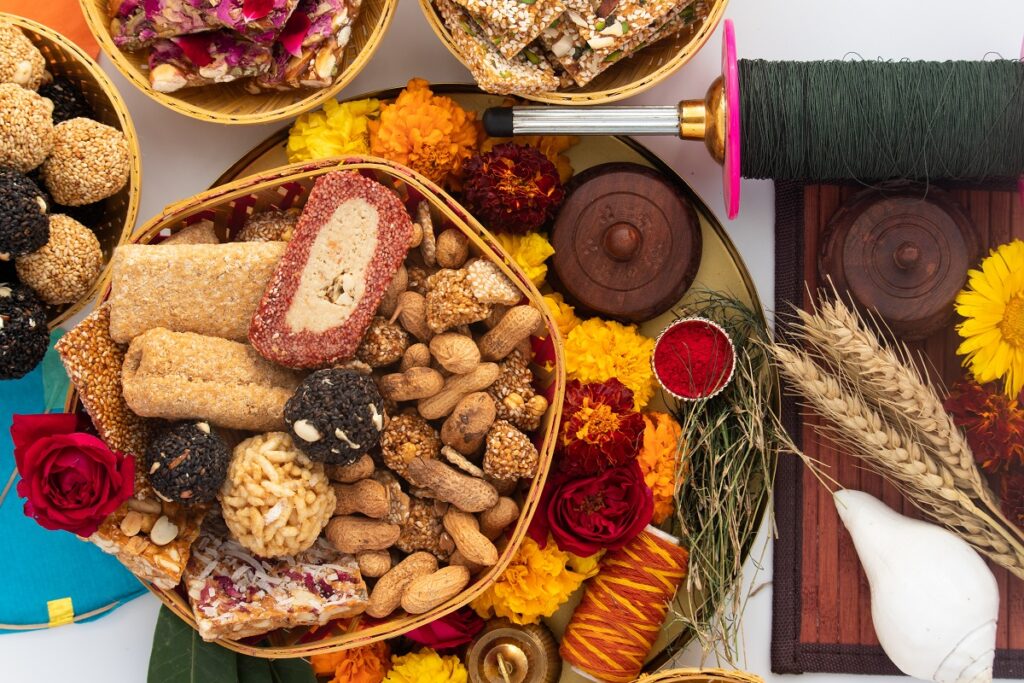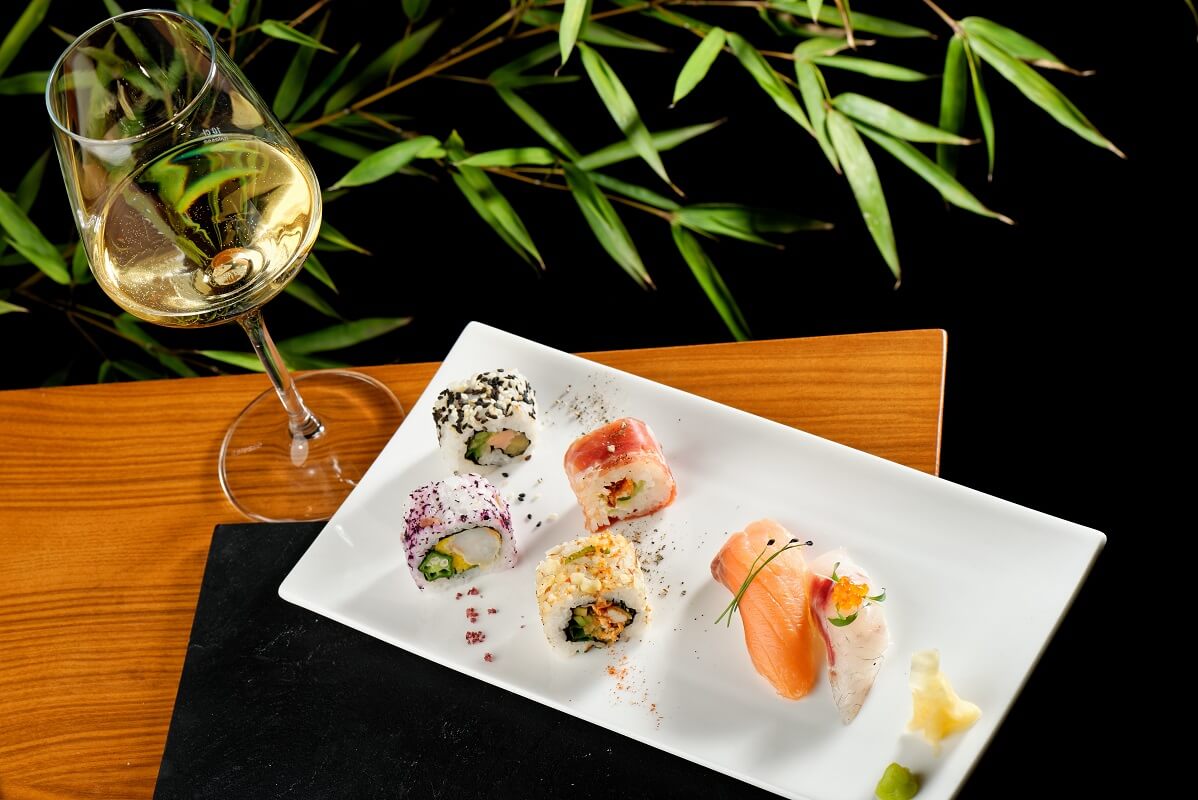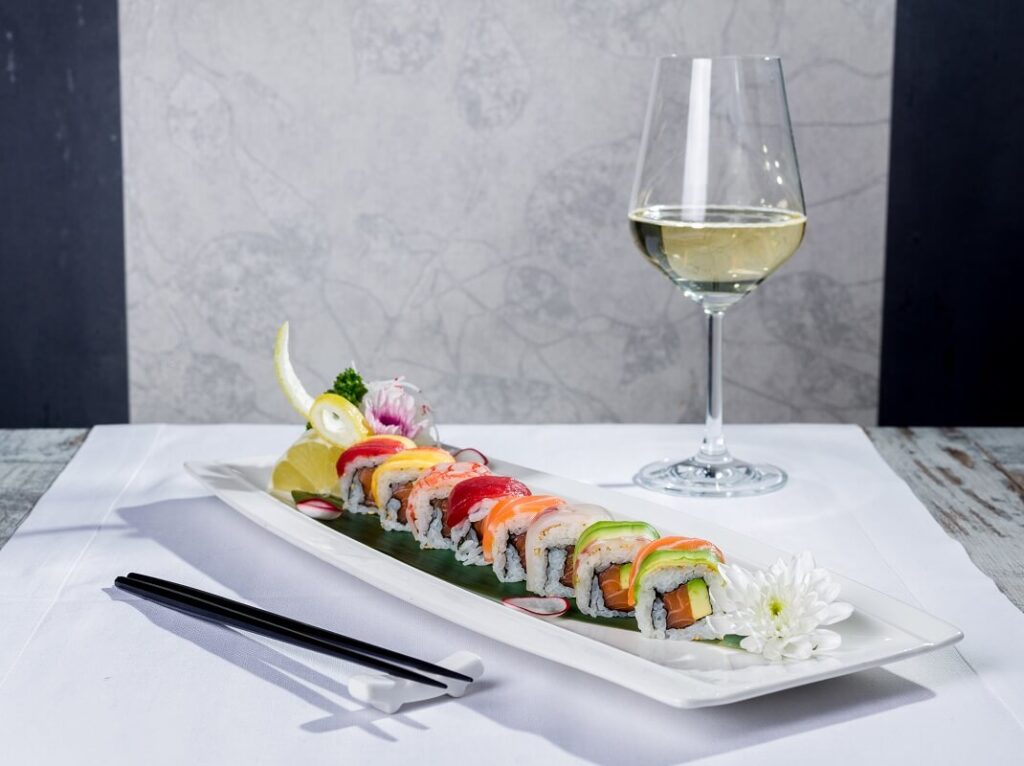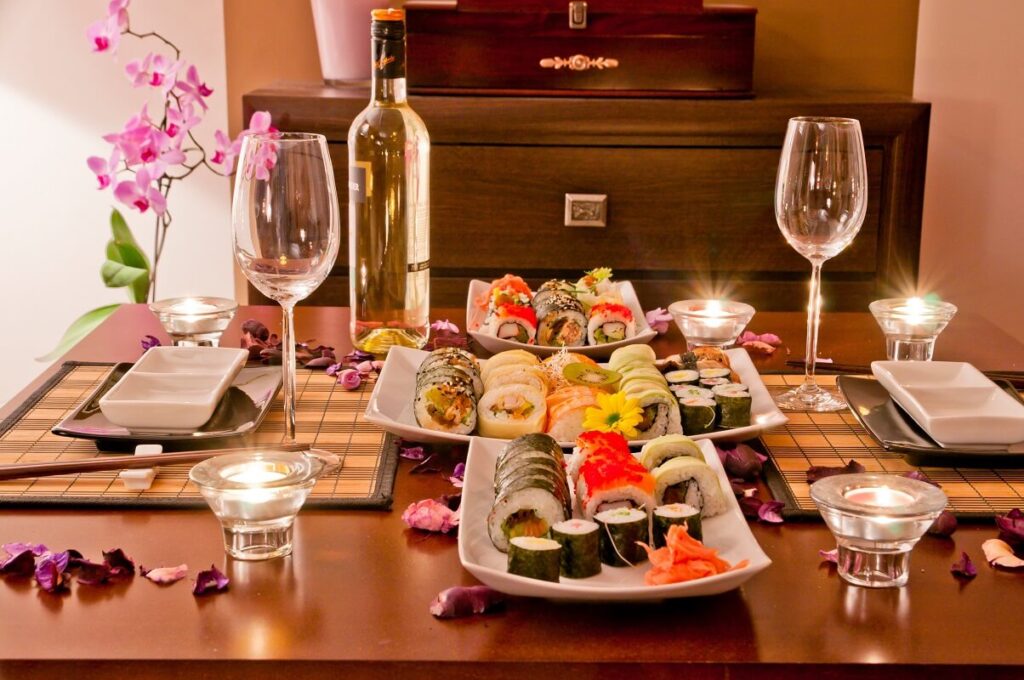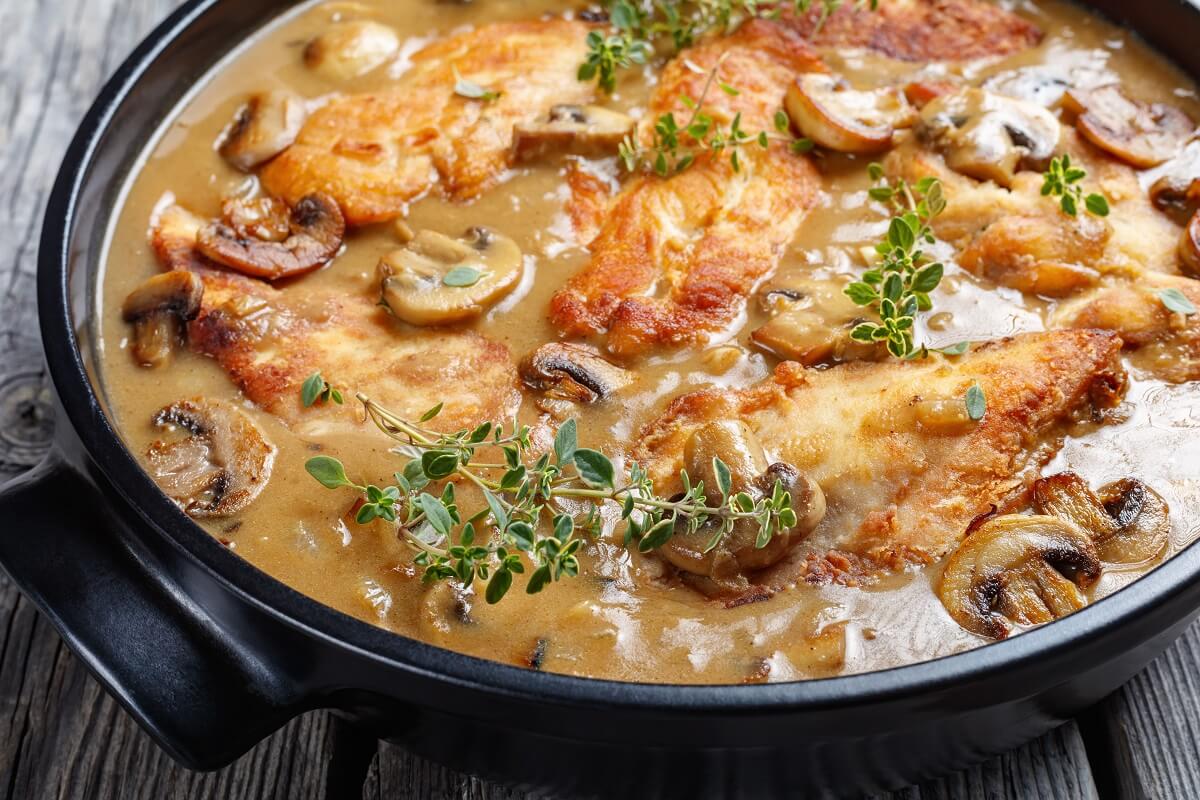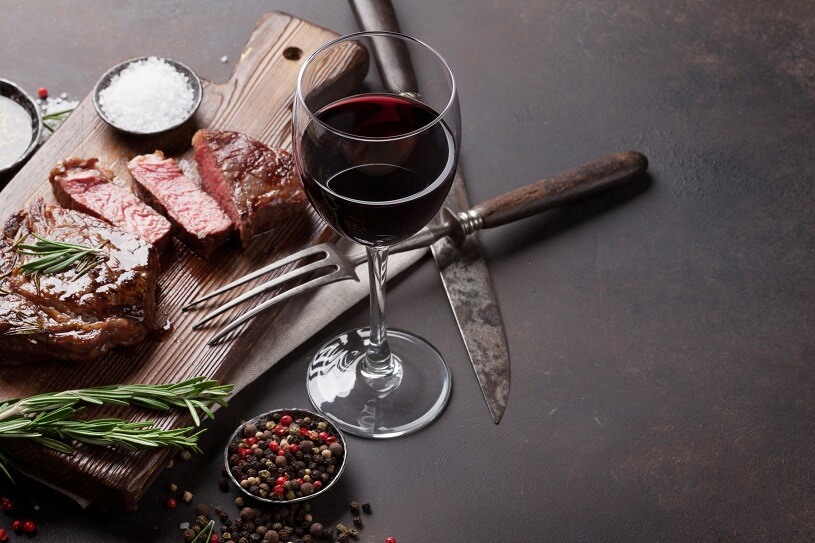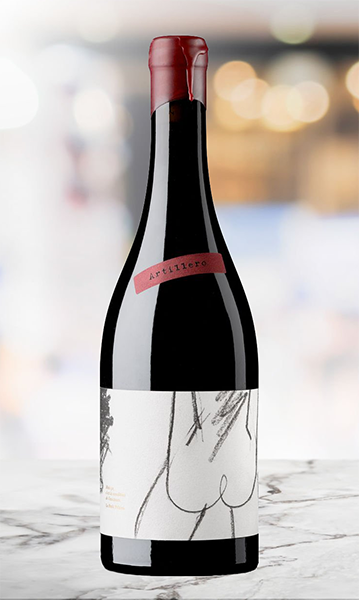Which Wine Glass Do You Need for Your Event?
Planning a special event can be an exciting yet exhausting time. Whether it’s a sophisticated dinner party or a casual wine and cheese night, there are plenty of things to consider before the big day. There is food to order, music to choose from, and decor to set up.
For wine lovers, the preparation for the gathering includes an extra step — selecting the perfect wine and glasses. This may seem insignificant, but for those in the know, it could make or break the wine-tasting experience. A study has even shown how a glass’ shape could affect wine flavors due to the positioning of the vapors at the glass’ opening, affecting the aroma and taste.
So, let’s explore how to pair the best wine with the right glass to make your next event memorable.
Types of Wine Glasses
Selecting a wine glass is more challenging than it seems. They come in many sizes and shapes, and choosing one largely depends on the wine you serve. Although having the perfect glasses is not necessary for a fun party, it will elevate the flavor of your drink.
Red Wine Glass
Red wine glasses are typically taller and have a wider bowl, than white wine glasses. Their unique shapes are not just for aesthetics; they also help the wine to breathe, which in turn releases more flavors and aromas. The shape of the glass also reduces the bitterness of tannins and makes the flavor smoother.
However, it is essential to remember that there are many varieties of red wine glasses to choose from.
- Bordeaux glasses are designed for bolder red wines like the cabernet sauvignon, merlots, and Bordeaux. The wider rim allows more oxygen to contact the wine, creating a smoother taste.
- Standard red wine glasses are perfect for medium to full-bodied wines with high alcohol concentration, such as the syrah, zinfandel, and petite syrah. These glasses can also soften the intense flavors due to the smaller bowl opening.
- Aromatic red wine glasses pair perfectly with more delicate flavors. The wider bowl with the shorter stem allows the glass to collect the aromas better, making the flavor more intense. Try this glass with Burgundy, pinot noir, and freisa.
Pairing these glasses with the correct wine will make a massive difference in your wine-tasting experience.
White Wine Glass
White wine glasses tend to be served in smaller bowl glasses to maintain a cooler temperature, preserve the aromas of the wine, and reveal more acidity. Let’s look at the white wine glasses you can offer at your next party.
- Chardonnay glasses have a larger opening designed for the liquid to immediately reach your tongue and taste the sweetness of the wine. This glass is ideal for full-bodied wines like chardonnay and semillon.
- Sauvignon blanc glasses have a tall stem and slender bowl that tapers slightly. This design minimizes the presence of oxygen and concentrates the flavors. It is ideal for medium-bodied, fruity, and floral wines like sauvignon blanc and riesling.
Although these glasses may look similar, they have very different purposes. That is why consulting a wine expert or joining a knowledgeable wine club can help you understand the complexities of wines and how to serve them properly.
Sparkling Wine Glass
If you plan to host a celebration, sparkling wine is a must and often consists of Champagne, processo, and cava. This type of wine is unique since it has a significant amount of carbon dioxide, allowing it to create a beautiful fizz. And even though sparkling wines are often referred to as Champagne, only European Union countries that produce their products in the Champagne region of France are granted this label.
Now let’s explore the best glasses for these bubbly drinks:
- Flutes are taller with a narrow bowl, allowing the carbonation to linger and retain its effervescence.
- White wine glasses, though typically used for white wine, are also a good fit for champagne. The wider rim will allow you to experience the aromatics and concentrated flavors fully.
Remember, sparkling wines are still wine at the end of the day, so don’t be afraid to sip them from wine glasses.
Dessert Wine Glass
Dessert wines come in many flavors and should be chosen to accent the sweets you serve. They often have a higher alcohol content, creating a more pronounced flavor. Some popular blends include sherry, Madeira, port, and ice wine.
Here are some of the best wine glasses to use:
- Port wine glasses have narrow rims and are smaller than a wine glass. Since port and most dessert wines have more decadent flavors and higher alcohol levels, they are served sparingly.
- Sherry wine glasses are small and tapered providing a full-bodied experience. This glass also helps control the wine’s sweetness, making it palatable for many taste buds.
Serving these drinks with the right glasses will not only allow you to make your guest’s experience better but also make for a beautiful table setting that will showcase your love for entertaining.
Universal Wine Glass
If you are not ready to purchase an entire drinkware collection, the universal wine glass is a more convenient option that will allow you to provide your guests with the best experience without breaking the bank. It can also complement a wide range of wines, such as full-bodied, sparkling, and everything else in between.
Whether you opt for a classy crystal glass or a more casual stemless option, the universal wine glass will make your party less costly and intimidating, especially to wine newbies.
Choosing the Right Wine Glass
Now that you are familiar with the wine glasses and their purposes, it is time to decide which glasses will suit your event. Here are a few factors to consider before making a purchase.
- Type of wine: Selecting the wine before making any purchases is crucial. This will help prevent unnecessary investments and allow you to match the wine to the appropriate glass for flavor enhancement.
- Variety is key: Offering a variety of wine glasses is key, especially if you host an event for wine connoisseurs. However, if it is a casual event, opt for the universal wine glasses to make it less intimidating for your guests.
- Estimate wine consumption: Understanding the type of glasses also helps you estimate how many glasses of wine you can expect from a bottle. This knowledge will ensure you have enough wine to go around and avoid running out.
- Decanting: It allows the wine to breathe and helps to unlock its full flavors. Depending on the wine, decanting can heighten the tasting experience even further.
Whether hosting wine dinners or wine and cheese parties, selecting drinkware for an event should never be an afterthought. After all, the glassware you choose can significantly affect the overall enjoyment of the wine. Plus, it will showcase your expertise and dedication to creating a memorable experience for everyone.

